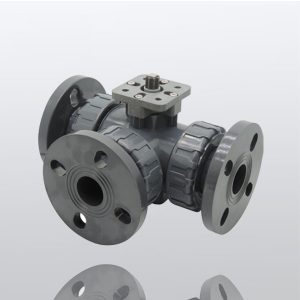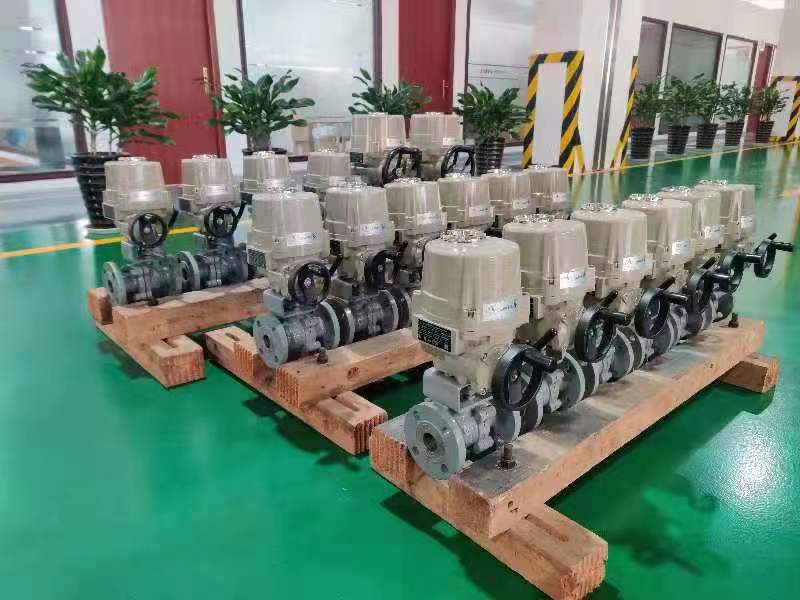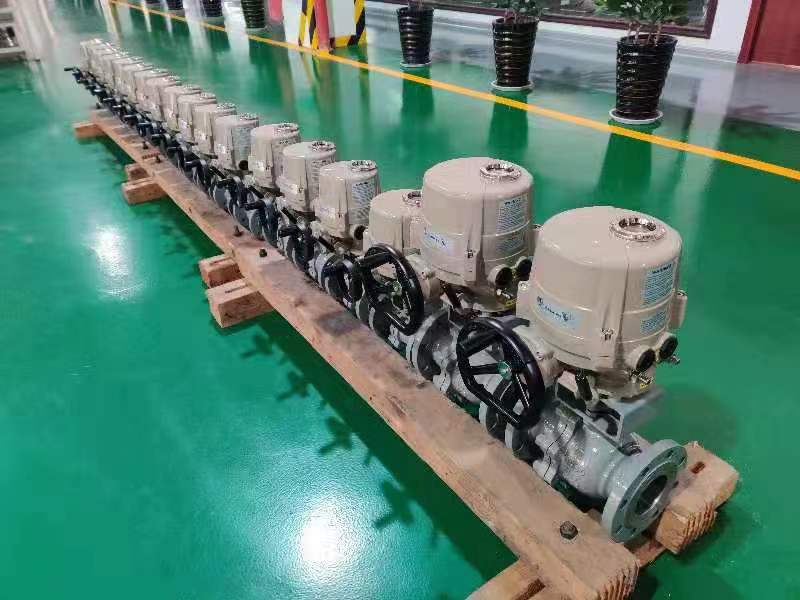Duckbill valves are known for their durability and reliability as efficient one-way flow solutions. In this blog post, we explore how long these valves typically last and what factors influence their lifespan. From the material composition of the duckbill one way valve to the operating conditions and frequency of use, several elements impact performance over time. We also compare the duckbill valve and check valve, highlighting why the former is a superior option in many applications. Learn how proper maintenance practices can extend the life of your duckbill non return valve, the warning signs of wear to watch for, and the benefits of investing in high-quality designs. Whether you’re working with a duck bill valve in marine, industrial, or municipal settings. Understanding these insights will help ensure long-term reliability and performance.

Introduction
A duckbill valve is a flexible, elastomeric check valve designed to provide one-way flow in a wide range of fluid handling systems. Its unique name stems from its distinctive shape, resembling a duck’s beak. Which allows it to close tightly when no flow is present and open smoothly under positive pressure. This mechanism makes the duckbill valve highly effective in preventing backflow, earning it the classification of a non-return valve. Often referred to as a duckbill one way valve, it is particularly valued for its ability to operate without the need for additional mechanical components like springs or hinges. Ensuring seamless and maintenance-free function.
Duckbill non return valves are commonly deployed in applications involving water, slurry, or gas where consistent flow direction is critical. Another notable advantage of the duck bill valve is its durability and resistance to corrosive materials, thanks to its robust elastomer construction, making it an ideal choice for marine, industrial, and municipal systems. With its simplistic yet innovative design, the duckbill valve remains a reliable and cost-effective solution for controlling one-way flow in various demanding environments.
1. Understanding Duckbill Valves
A duckbill valve, often referred to as a duckbill non return valve or duckbill one way valve, is a specialized flow control device uniquely engineered for one-way fluid movement. Its defining feature is its simple yet effective design. Which resembles a duck’s beak and operates without the need for complex mechanical parts. Constructed from durable elastomeric materials, the valve’s “beak” remains naturally closed. Preventing backflow when no pressure is applied.
However, under positive pressure, the flexible lips of the duckbill valve open smoothly. Allowing fluid or gas to pass through in one direction. This non-return mechanism ensures exceptional reliability in preventing reverse flow. Even when dealing with varying pressures or challenging environments. The duck bill valve operates silently and without external energy, making it a go-to solution in applications where efficiency and low-maintenance performance are vital.
Frequently used in industries such as wastewater management, marine operations, and industrial systems. The duckbill valve’s structure eliminates the risk of clogging and enhances its longevity. Its simplicity, combined with its robust functionality, makes it an indispensable component in fluid control systems across the globe.

2. Factors that Affect the Lifespan of Duckbill Valves
Material Composition
Durable elastomers play a vital role in enhancing the service life of duckbill valves by providing exceptional performance under various operational conditions. Elastomers, known for their flexibility and resilience, allow the duckbill valve to maintain its seamless one-way functionality even in demanding applications. These materials exhibit high resistance to wear and tear. Which is crucial in environments where the valves encounter abrasive particles, high flow rates, or frequent use. Additionally, the chemical durability of elastomers ensures that duckbill non return valves can withstand exposure to corrosive fluids, such as wastewater, sludge, or industrial chemicals, without degrading over time. This resistance significantly outperforms many traditional materials, resulting in an extended operational lifespan.
The flexibility inherent in elastomers also enhances the duckbill one way valve’s ability to adapt to varying pressure levels and maintain a tight seal to prevent backflow. Furthermore, the elastomeric construction of a duck bill valve minimizes maintenance needs. As it eliminates the mechanical components prone to malfunction or failure. By combining these properties, durable elastomers reinforce the reliability and longevity of duckbill valves, making them a trusted solution for critical fluid control systems across industries.
Operating Conditions
The performance of duckbill valves is significantly influenced by factors such as pressure, temperature, and the nature of the fluid media they handle. Pressure plays a critical role in their operation. As duckbill valves rely on differential pressure to function effectively. Low-pressure environments may challenge the valve’s ability to open. While excessive pressure can strain the elastomeric material, potentially reducing its lifespan.
Temperature fluctuations also impact the valve’s durability. Extreme heat can cause the elastomers in a duckbill non return valve to lose their flexibility, while freezing temperatures may compromise the material’s structural integrity. Selecting high-grade elastomers suited to the expected temperature range helps maintain consistent performance. Fluid media is another vital consideration, as the chemical composition of the fluid, its viscosity, and the presence of abrasive particles all affect the valve’s efficiency.
For instance, corrosive fluids or fluids containing solid debris can accelerate wear if the valve material is not chemically resistant or robust enough. By addressing these factors and tailoring the duckbill one way valve’s design and material selection to specific application conditions. Operators can enhance its functionality and prolong the performance life of the duck bill valve in demanding environments.

Frequency of Use
Repeated cycles of operation can have a significant impact on the integrity of duckbill valves. Especially when the valves are deployed in high-frequency or demanding environments. Each cycle subjects the elastomeric material of the duckbill valve to stress as it repeatedly flexes open and seals shut. Ensuring one-way flow. Over time, this continuous motion can lead to material fatigue, reducing the valve’s ability to maintain a tight, reliable seal. Abrasive particles or contaminants in the fluid media can further exacerbate wear and tear. As these can erode or weaken the surface of the elastomers.
Additionally, exposure to fluctuating pressures during repeated cycles may progressively strain the structure of a duckbill non return valve. Potentially diminishing its effectiveness in preventing backflow. However, these effects can be mitigated through strategic design and material selection. High-quality elastomers with superior fatigue resistance and chemical durability are often employed in duckbill one way valves to withstand repetitive stress and harsh operating conditions. Advanced manufacturing techniques also ensure that the duck bill valve maintains uniform thickness and strength, distributing stress evenly across the valve and extending its service life. These considerations make modern duckbill valves not only highly functional but also durable solutions for continuous flow control applications.
Maintenance Practices
To extend the lifecycle of a duckbill one way valve, adopting best practices in maintenance and operation is essential. Proper material selection is the first step, as choosing elastomers with high chemical resistance, abrasion tolerance, and flexibility ensures the valve can withstand harsh conditions and corrosive fluids over time. During installation, it is crucial to follow manufacturer guidelines to avoid misalignment or excessive strain that could compromise the valve’s performance. Ensuring clean and debris-free fluid media is another key measure. As abrasive particles can accelerate wear and tear on the duckbill valve’s elastomeric surface.
Regular inspections should be carried out to identify early signs of fatigue, wear, or chemical degradation. Implementing preventative measures, like installing strainers or filters upstream, can significantly reduce the presence of harmful contaminants. Operating conditions must also be carefully managed, keeping pressure and temperature within the recommended range to prevent material stress and maintain the valve’s integrity. By combining these strategies, the durability and performance of duckbill valves. Including duckbill non return valves, can be maximized. Making them a reliable solution over extended periods of use.

3. Typical Longevity of Duckbill Valves
Under standard operating conditions, the general lifespan of a duckbill valve can be remarkably long, often exceeding several years. Particularly when high-quality materials and proper maintenance practices are employed. The durability of a duckbill one way valve heavily depends on the grade of elastomer used in its construction, as premium elastomers with high flexibility, chemical resistance, and fatigue tolerance are better equipped to withstand continuous cycles of operation and exposure to varying pressures and fluid types. Typical usage scenarios such as municipal water systems, wastewater treatment plants, and industrial processes place consistent demands on the duckbill valve. Requiring dependable performance to prevent backflow while handling high volumes of fluid. Routine inspections and regular cleaning to remove debris or buildup can further extend the valve’s service life. Ensuring that wear or damage is addressed before it develops into a failure.
Additionally, adherence to recommended operating conditions, including controlled pressure and temperature ranges, minimizes stresses on the duckbill non return valve. Helping maintain its structural integrity over years of use. By combining superior materials, strategic design, and proactive maintenance, a duck bill valve can deliver reliable, long-term performance in critical flow control applications.
4. Signs That Your Duckbill Valve May Need Replacement
One of the most critical aspects of ensuring reliable performance in a duckbill valve is identifying early warning signs of wear and degradation. Reduced sealing efficiency is a common indicator, often marked by minor backflow or leakage. As the duckbill one way valve struggles to form a tight closure. Over time, visible cracks or tears may develop on the elastomeric surface, signaling material fatigue or degradation caused by repeated cycles, abrasive particles, or exposure to harsh chemicals.
Changes in the valve’s flexibility are another clear warning. If the elastomer becomes stiff or brittle, it may no longer respond effectively to pressure changes, compromising its ability to regulate one-way flow. Abrasion marks or thinning on the internal surfaces of the duckbill non return valve can also point to prolonged interaction with abrasive or contaminated fluid media. Which progressively weakens the valve’s structural integrity. If left unaddressed, these issues can lead to a cascade of performance failures. Including complete loss of backflow prevention.

Regular inspections, including visual assessments and functional tests, are essential to catch these signs early. Allowing operators to address problems or replace the duck bill valve before its performance is severely impacted, ensuring consistent reliability in flow control systems.
FAQs
1. What is the purpose of a duckbill valve?
A duckbill valve is a one-way check valve used to control the flow of fluids. Its unique, flexible design allows fluids to flow in a single direction while preventing backflow. This ensures a reliable, leak-free seal even under varying pressure conditions.
2. Where are duckbill valves commonly used?
Duckbill valves are widely utilised across industries including medical devices, wastewater management, marine systems, and industrial fluid control. Their ability to handle diverse liquids and pressures makes them suitable for applications such as drainage systems, non-return medical equipment, and chemical processing.
3. Can duckbill valves be customised for specific applications?
Yes, duckbill valves can be customised based on material, size, and flow specifications to meet particular operational requirements. Our team works closely with clients to provide tailored solutions for unique system needs.
4. How do I maintain a duckbill valve for optimal performance?
Duckbill valves are low-maintenance components. However, regular inspections to monitor wear and tear, ensuring the valve remains free of debris, and replacing it as per the manufacturer’s recommendations will help maintain its efficiency and longevity.
5. How long does it take to deliver a duckbill valve order?
Delivery time varies depending on order specifications, quantity, and customisation requirements. Standard models are often available for immediate dispatch. While customised valves may require 2-4 weeks for design and production. Please contact us for a precise delivery estimate based on your requirements.

Conclusion
The longevity of a duckbill valve is shaped by multiple factors, with material quality standing as one of the most crucial. Valves made with high-grade elastomers capable of resisting chemical exposure, abrasion, and cyclic fatigue provide greater durability under demanding conditions. Operating conditions further influence service life, as maintaining pressure and temperature within the recommended range reduces stress on the valve’s structure and ensures consistent performance.
Regular maintenance, including routine cleaning to eliminate debris and buildup, plays a significant role in preserving the functionality of a duckbill one way valve. Inspections are equally vital, as early detection of wear. Such as cracks, decreased flexibility, or reduced sealing efficiency, allows operators to address issues promptly, preventing more severe degradation. For additional protection, implementing preventative measures like upstream filters to reduce abrasive particles can extend the lifespan of duckbill non return valves. Adhering to these practices, combined with proper installation to avoid unnecessary strain. It ensures that a duck bill valve delivers reliable, long-term performance in critical flow control applications.
